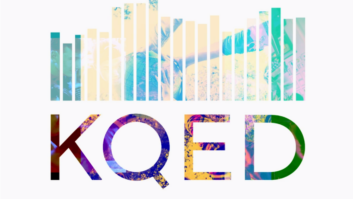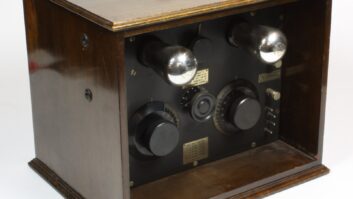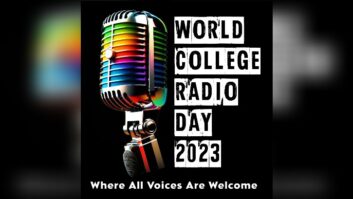Every year on Jan. 26, a curious thing happens: millions of Australians get together with their friends to listen to the radio.
They tune into national youth station triple j: the station is the voice of young Australia, and is part of the ABC, the Australian public service broadcaster. On Australia Day, the station broadcasts the triple j Hottest 100�� the biggest songs of the past year, as voted by its listeners.
�The Hottest 100 is not only a huge event for triple j, it�s arguably the biggest radio event in the country,� Ollie Wards, triple j�s Content Director, told me via email. Literally millions of people engage with the countdown � and listeners throw annual parties to celebrate the year in music, with the countdown being the soundtrack to a big day in the summer sunshine. Local pubs and cafes actively advertise that they�ll be listening to the Hottest 100 � some even try to do so on commercial radio rivals � and in 2015, over 2,500 Hottest 100 listening parties were registered in 77 countries via the triple j website.
The figures seem to reflect it, too. The survey covering the Hottest 100 is the station�s highest annual reach, and listeners on the day itself are probably many millions more.
As a listener-voted chart, a lot of work has been done to ensure the vote is accurate and unlikely to be hijacked. �triple j takes the robustness and validity of the Hottest 100 really seriously. A set of basic rules outline the way people can vote including a maximum of 10 votes per person and only one vote per song. Voters are validated via a social media login or email authentication to prevent duplicate voting. On the voting site, a set of terms and conditions are included that explain triple j will take action against invalid votes, including those submitted to troll the poll or undermine the countdown,� said Ollie Wards.
On the day itself, streaming is surprisingly popular � it�s the largest planned streaming event on the ABC�s calendar. Trevor Gillespie, Manager of Digital Platform Operations ABC Digital Network told me via email that �the peak is always the end of the countdown at 8pm, with peak traffic streams at 258,000 in 2017 (up from 224,000 in 2016). At peak in 2017 there was in excess of 15 Gbps of traffic delivered via our various services.�
These are some of the largest concurrent audio stream numbers for live radio anywhere in the world. So, how do they scale? First, like any broadcaster, the ABC is used to dealing with significant spikes in demand during major events or breaking news coverage. The website infrastructure is built with scalability as a key principle.
�For API services that provide the back end of the ABC�s media players and phone or tablet applications, they�re hosted with Amazon Web Services. We use AWS for these API�s to take advantage of features such as auto-scaling and multiple availability zones for added resiliency and ability to cater for spikes,� Trevor Gillespie told me. AWS have Australian infrastructure in Sydney, as well as other regions close to Australia.
The ABC uses Akamai�s CDN to cache and deliver content to audiences. �We leverage several Akamai features such as Prefresh to allow us to cache content for long periods of time, whilst ensuring that the sites content is updated very quickly as song titles and artwork in the countdown change.�
The ABC offers audio streaming in a number of different formats and codecs. Their main format is an HE-AACv2 multi bitrate stream via HLS, switching between 32kbps and 64kbps. They also offer streaming via Flash, SHOUTCast and Icecast (including a 96kbps MP3 stream).
�The bitrates are kept quite low as a high percentage of our listeners are coming from mobile networks and our experience has been that higher bitrates affect the audiences through using larger percentages of mobile data caps,� said Trevor Gillespie. Australian internet subscribers have caps on both mobile and broadband connections, so data use can be a concern for audiences.
The use of a CDN does mean that the burden of such high streaming figures aren�t the worry of the ABC. �For the most part, using streaming platforms provided by Akamai means that the ABC does not need to provision additional services, since the CDN scales to meet the demand. This does mean that January is a more expensive month, however keeping the bitrates low also keeps delivery costs low,� said Trevor Gillespie.
The station also provides on-demand chunks of the broadcast for people listening in different timezones overseas.
�For artists � local and international � making the countdown is a notable moment in their music careers. The local music industry has come to see this as a benchmark for success and a tastemaker for the future, with artists in the countdown also seeing a commercial bump as a result,� said Ollie Wards.
In January 2017, the number one was �Never Be Like You {Ft. Kai},� by Flume, an Australian record producer. The full chart is on the triple j website.
�











